SUMMARY
This is AI generated summarization, which may have errors. For context, always refer to the full article.
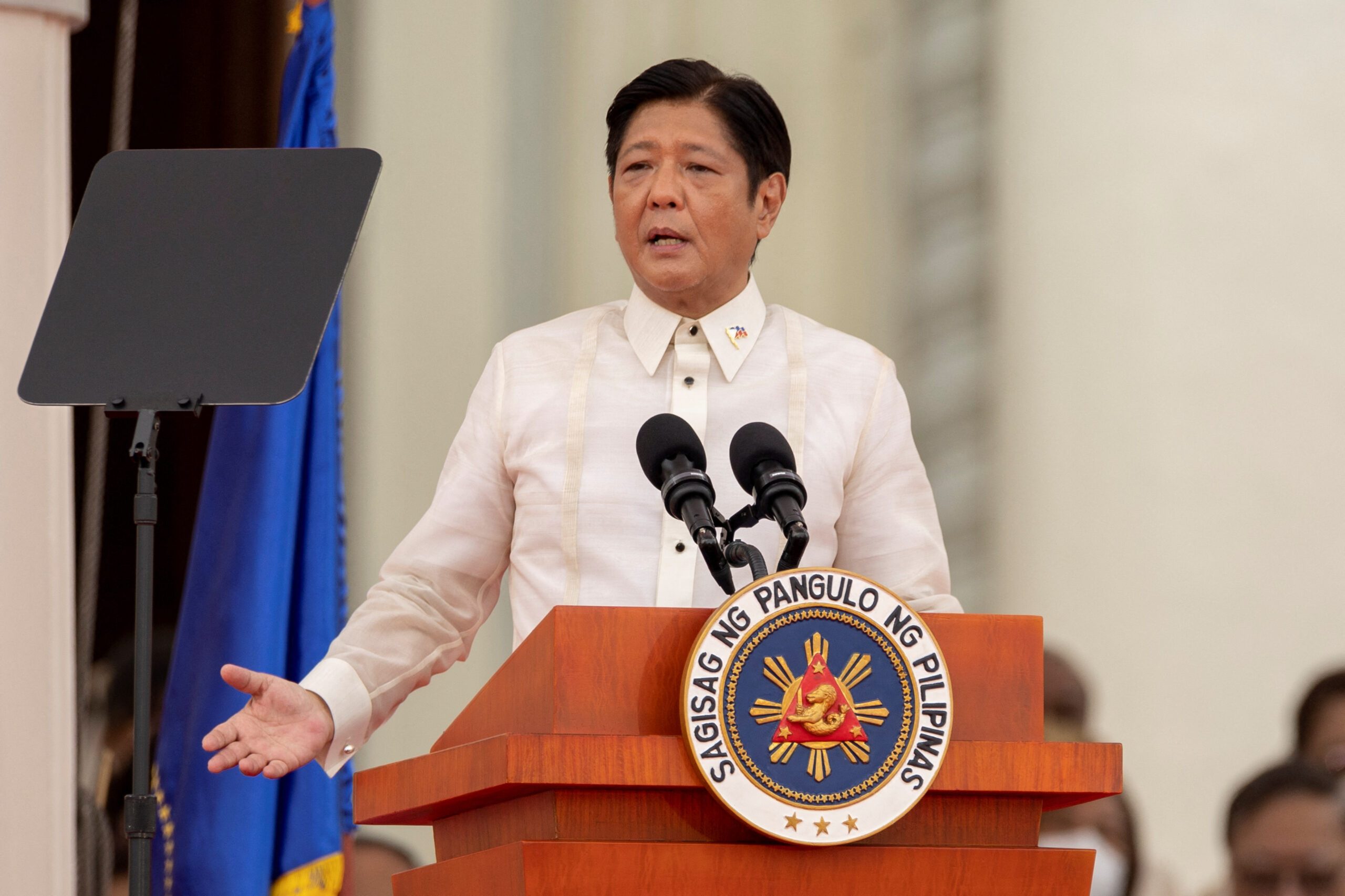
MANILA, Philippines – President Ferdinand Marcos Jr. will soon leave the Philippines for his first overseas trip as head of state, visiting Indonesia and Singapore for state visits from September 4 to 7.
Marcos’ travel abroad is expected to be the first of many as he steers the country’s relations with the international community as the chief architect of Philippine foreign policy.
What can Filipinos expect from these overseas trips? One of the factors that will determine this is the nature of the trips – whether it is a state visit, an official visit, or a working visit.
Here is a quick guide to the different types of overseas trips the President can take:
State visit
A state visit is a formal visit carried out by a head of state, upon the invitation of another head of state. It is considered the highest level of international visit, reflecting the honor and formality in relations between two countries.
Unlike other kinds of visits, state visits typically carry more pomp.
Department of Foreign Affairs Spokesperson Tess Daza said the level of ceremony seen in state visits can be observed in the welcome ceremonies extended. A state luncheon or state dinner is held, and other activities a host country may carry out as part of the official program can include wreath laying ceremonies.
“It also varies from country to country,” she said. Details of the type of hospitality to be extended are usually determined by the host country, Daza added.
In the Philippines, aside from a state lunch or dinner, leaders usually exchange gifts and toasts. Cultural presentations can also be done.
When traveling abroad, guest countries also determine details such as the size of the delegation that accompanies the head of state, as well as the cost of the trip.
For the Philippines, the President’s first state visit is traditionally done with a country-member of the Association of Southeast Asian Nations, emphasizing the importance the Philippines places on its relations with its neighbors in the region.
Official visit
During an official visit, a foreign government invites a high-ranking official or head of government to visit.
Ceremonies are not as detailed, but honors are usually given if the visiting official is a head of government. A state luncheon or state dinner may or may not be held. Delegations for official visits are also smaller.
Among foreign officials that have taken such kinds of visits to the Philippines during the current Marcos administration include Chinese Foreign Minister Wang Yi and US State Secretary Antony Blinken.
Working visit
For a working visit, a government official takes a trip to meet with his or her counterpart in a foreign government to tackle issues concerning their two countries.
The host country does not shoulder the cost of a visit and no invitation is needed to carry out the trip. – Rappler.com
Add a comment
How does this make you feel?

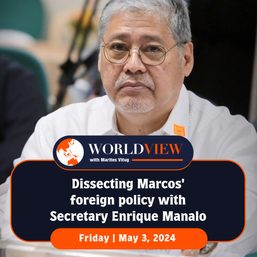
![[OPINION] Expectations for Philippines-US-Japan trilateral cooperation: A view from Japan](https://www.rappler.com/tachyon/2024/04/tl-ph-usa-jp-cooperation.jpg?resize=257%2C257&crop=447px%2C0px%2C1080px%2C1080px)
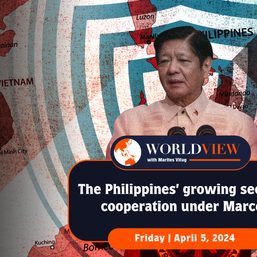
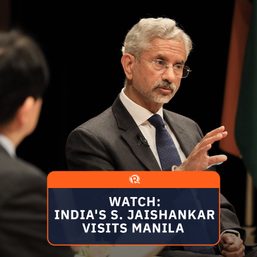



![[Just Saying] SONA 2024: Some disturbing points](https://www.rappler.com/tachyon/2024/07/TL-marcos-sona-points-july-23-2024.jpg?resize=257%2C257&crop=335px%2C0px%2C720px%2C720px)



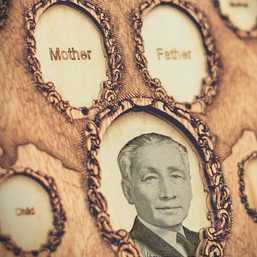
![[EDITORIAL] Marcos, bakit mo kasama ang buong barangay sa Davos?](https://www.rappler.com/tachyon/2023/01/animated-marcos-davos-world-economic-forum-carousel.jpg?resize=257%2C257&crop_strategy=attention)
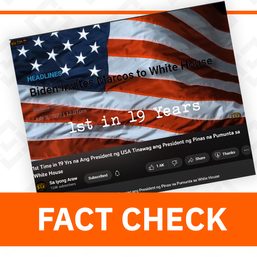
There are no comments yet. Add your comment to start the conversation.